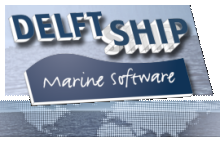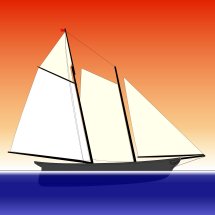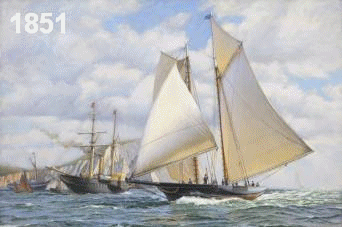 AMERICA'S CUP
AMERICA'S CUP1851-1937
"If we can fly today in the San Francisco Bay, this is because there have been "adventurers" like Walter Greene and Mike Birch.
To understand the future, we must know and respect the past."
Loïck PEYRON (Voiles et Voiliers July 2014)
![]()



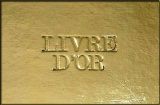





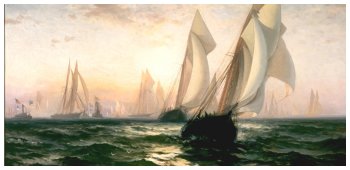
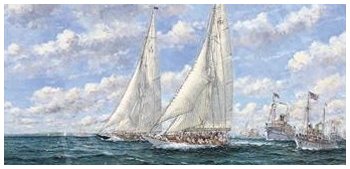
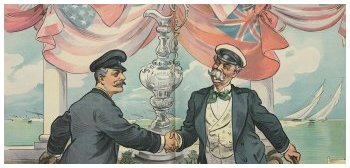
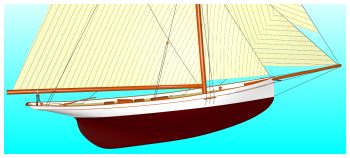


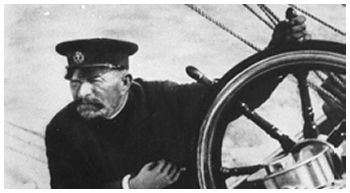 THE ILLUSTRATED LONDON NEWS, OCT 3, 1901 (races not finished)
THE ILLUSTRATED LONDON NEWS, OCT 3, 1901 (races not finished)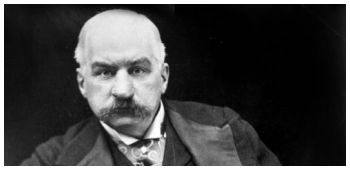 John Pierpont "J.P." Morgan (April 17, 1837 – March 31, 1913) was an American financier and banker who dominated corporate finance and industrial consolidation during his time.
John Pierpont "J.P." Morgan (April 17, 1837 – March 31, 1913) was an American financier and banker who dominated corporate finance and industrial consolidation during his time. To quickly find your favorite artist
To quickly find your favorite artist
